
Name: April Nesin
Location: Tennessee, United States
Child’s Birth Year: 2017
Keywords: Cerebral Palsy, Seizures/Epilepsy
Unlike many other families, April and her husband, Christopher, were married for almost twenty years before they had their daughter, Effie. April was well into her forties when she became pregnant with Effie, but, despite her advanced maternal age, she would describe pregnancy as one of the best times in her life—everything just seemed to be going unbelievably smooth. But, with HIE, and life in general, things are smooth…until they aren’t.
Unfortunately, five days before Effie was born, Christopher was diagnosed with Stage 3B colon cancer (luckily, he is now in remission). Because of Christopher’s diagnosis, April decided to have an induced labor a few days before his cancer treatment was to start. Thus, three days after her due date, April went to the hospital for the induction. In Effie’s case, there was no dramatic, obvious cause of HIE. April pushed for just over three and a half hours, and, when Effie was finally born, she wasn’t breathing and needed to be resuscitated for eight and a half minutes. Effie was immediately put on a ventilator to facilitate breathing, but, after a few hours, she came off the ventilator and seemed to be improving. Effie did have a subdural hematoma and a broken clavicle, and April suspects that, perhaps, Effie’s broken clavicle made it difficult for her to breathe, leading to short bursts of loss of oxygen over the prolonged period of delivery time. Early on, Effie didn’t show significant signs of distress, so no one could have predicted the severe brain damage they would soon find out about.
At around thirty-six hours of life, Effie began having episodes of apnea that continuously progressed and became more frequent, so she was transferred to the higher-level children’s hospital downtown.
Upon arriving at the new hospital, Effie received an MRI which confirmed HIE. While the lower structures of Effie’s brain that control basic life functions, such as breathing, remained largely unaffected, the upper parts of the brain that control higher-order processes, such as language and learning, were severely damaged. April remembers how overwhelmed she felt hearing scary, complex-sounding medical jargon such as “multicystic encephalomalacia,” which essentially means that the vast majority of Effie’s brain is watery and composed of dead tissue.
Early the next morning, around forty-two hours after Effie was born, the neonatologist woke April up and informed her about cooling therapy. While Effie was way outside of the normal timeframe for cooling therapy, it still had the potential to mitigate some of the consequences of HIE, so they decided to try the cooling.
As soon as Effie finished cooling, she was able to come off the ventilator and breathe on her own. Fortunately, she also did not have any peripheral organ damage, which was rare for the extent of brain injury that she had. And, while she, thankfully, was able to feed orally and didn’t require a feeding tube, the next five weeks spent in the NICU came with a host of challenges, and an immense amount of work.
On top of dealing with Effie’s medical complications, April found herself driving back and forth between the NICU and Christopher’s treatments. Especially in those early days, when it seemed like all this horrible news was pouring down on her at once, April doesn’t know how she would have made it without the support of her close friend, Effie’s godfather, Gill. Another major source of support that helped April cope with life in the NICU stemmed from the fact that she had many privileges at the children’s hospital Effie was being treated at, because she worked as a psychologist there with pediatric oncology patients. Her situation was unique in that she already had a built-in support system with many of the healthcare professionals and hospital administrators, and her colleagues often dropped by during those first five weeks, to check in on her and Effie. She also appreciated how the NICU was set up in pods, instead of the traditional open-room layout, allowing for a more intimate and comfortable environment. Toward the back of the common area of the pod, there was a private room, where April could sit with Effie without hearing all the noise of beeping machines and carts passing by. Having their own little world in the back corner of the pod bestowed upon April a sense of calm in the midst of chaos, and it helped her feel less out of place among mainly premature NICU babies. It’s not only best communication practices or informational resources that should be considered when conceptualizing how to improve the NICU experience—family-centered design of the NICU layout can also make a world of difference.
For the most part, the physicians and nurses who April interacted with were great. However, while she never received much explicit negativity from the clinicians on Effie’s case, she also didn’t necessarily receive a lot of hope or information. It felt like a weird, neutral space—the future wasn’t painted to be bleak and completely dark, but, in her conversations with providers, there was also never a mention that life for Effie, and motherhood for April, could still be exciting and joyful. The one really negative experience April had was with a neurologist whom she refers to as “Dr. Death.” Upon looking at Effie’s EEG, he kept trying to force a conversation about Effie potentially dying, even though everyone else on the medical team was confident Effie had made it out of the woods. His mindset was extremely black and white, and it was clear that, when he looked at Effie, he didn’t see an actual person, but solely a picture of tragedy and inability. Having played the role of provider herself in her interactions with pediatric oncology patients, April understands it can be difficult to avoid equating a child in pain with a life of pain. However, she wants to emphasize to providers that, no matter what a life looks like to you, you still have to communicate that there is value in it. It was clear that Effie’s original neurologist did not think Effie’s life was valuable. While Effie will certainly never graduate from Harvard, and she may never smile, her presence in this world still means something.
Because of the experience with “Dr. Death,” April has since switched neurologists, and they now make a seven-hour drive to St. Louis Children’s Hospital in Missouri for Effie’s neurology follow-ups. Effie’s new neurologist is personable and positive, and April appreciates how he is careful to not make definitive predictions about Effie’s future. Instead, he communicates that Effie is going to do her own thing, and, in the end, all anyone else can do is make sure all the resources are made available to her to have the best outcome possible, whatever that outcome may look like. Thus, April encourages physicians to admit to uncertainty and avoid making false promises to parents (e.g., “Your child will smile” or “Your child will walk”) that they do not have the power to keep. With HIE, the future is, unfortunately, too ambiguous for anyone to define in advance.
Effie developed various subsequent diagnoses stemming from the HIE event, ranging from quadriplegic cerebral palsy to infantile spasms to cortical visual impairment to microcephaly to epilepsy to global developmental delay in all areas. While many HIE kiddos will have spastic cerebral palsy characterized by muscle tightness, Effie is the exact opposite—she has hypotonic cerebral palsy, which means she has “floppy” muscles that make everyday movements challenging.
Another unique aspect of Effie’s case is that, while many children with cerebral palsy (CP) tend to be smaller and underweight for their age group, Effie has always been on the opposite side of the spectrum, hovering around the ninety-eighth percentile for weight. After discharge from the NICU, Effie was enrolled in early intervention therapy services right away, and, at five months old, she started an intervention called the Anat Baniel Method (ABM) to help with her low muscle tone. Effie has also received a high-dose steroid treatment in the past to help manage her infantile spasms, but she still struggles with uncontrolled tonic seizures that have not responded to any medications so far.
Parents all have similar dreams for their children—they dream of sending their child to college one day, seeing their child get happily married, and witnessing their child live a better life than the one they had. Effie has an outcome that calls all of these dreams into question, and, honestly, there are days for April where hope has been hard to come by. But what has helped April continue along this unanticipated path has been her evolving definition of hope, and altering what her hopes are for. What April’s version of hope has morphed into is encompassed by this beautiful sentiment: “I choose to focus on giving Effie her best life. It’s her life, and while it may not be the life I hoped she would have, I’m going to fill it with as much beauty and joy as I can.”
Effie does everything with April and Christopher, and they adapt activities to make them accessible for Effie as much as they can. On Halloween, Christopher makes full-out brilliant wheelchair costumes for Effie, such as a Thomas the Tank Engine costume that blows out actual steam. They travel with Effie, take her boating, biking, and hiking—they don’t let HIE stop them from finding adventure, from seeking excitement, from living life fully.
Moreover, April’s hope is no longer defined by specific outcomes she has no control over. Instead, she hopes that Effie’s life—no matter how it turns out—will have impacted those around her in positive and meaningful ways. This impact can take many forms, such as a change in a hospital policy because of something that happened to Effie, another family learning something by hearing Effie’s story, or someone feeling comforted after meeting Effie.
April already sees how much of a mark Effie leaves on those whose paths cross with hers. For instance, many people in April’s community have told her that, when they are around Effie, they begin talking about things they’ve never shared with anyone else. Effie just has this remarkable ability to draw people in and make them feel comfortable opening up about their true feelings, an ability that April and Christopher like to call the “Effie Effect.” While Effie may not be able to communicate with words, her “Effie Effect,” and ability to listen to those around her, is powerful.
Furthermore, Effie attends an amazing preschool program in her community that truly emphasizes inclusion. She has a typically developing peer, Maggie, who she was in class with as an infant, and, now again, three years later. Each morning, Maggie runs to the door when Effie arrives, pushing Effie into the classroom so she can play with her. Maggie refers to Effie as her best friend, and she knows how to gently remove Effie’s mask in the mornings and how to help Effie with her tasks. Maggie wholeheartedly loves and embraces Effie, despite her challenges. April never imagined that Effie would have a friend, so witnessing these genuine interactions, and the true love and joy that emanates across Maggie’s face as she greets Effie, has been an unexpected blessing. April hopes that the world can learn a few lessons from Maggie and embrace people with differences for who they are.
In those moments where April feels like grief may consume her—when she stands in line at the grocery store and wishes that Effie could be that kid in front of her, throwing a tantrum over not getting a lollipop—she remembers the power of the Effie Effect. In addition, in her moments of grief, being able to connect with parents in the Hope for HIE community has been the greatest gift. April remembers nights, at 2:00 a.m., pumping her breast milk alone in the dark. Instead of letting her thoughts about what Effie’s future might look like run wild, she would start a private chat with an HIE mother from Malta, who had been commenting on similar posts as her in the Hope for HIE forums. It felt so incredibly freeing to be able to vent and talk about literally anything and everything with a mother who could relate to what she was living through. While April is fortunate to have supportive family members and friends who are willing to listen, April finds that there is an unparalleled ease in the dialogue stemming from HIE parents’ mutual understanding of the range of emotions that accompany a journey as uncertain as this one.
To other parents who may be struggling with the fact that their child’s life will look different from the one they envisioned, April would tell them that what has helped her most throughout all of this is a) evolving her perspective on hope, and b) taking things a moment at a time. Even if your child cannot do things another HIE kiddo can, love and meet them where they are, and help them live their life, not somebody else’s life. April wants parents to know that, while the grief associated with the journey may never fully disappear, they are worthy of finding ways to work with this grief, whether that is by seeing a therapist, talking to friends, or connecting with other HIE families.
Today, April continues to hope that she will one day see her beautiful Effie smile. But she also finds hope in those moments where she swears Effie looks right at her. She finds hope in those moments where she shares Effie’s story with the world, knowing she is part of a collective cause to spread awareness about HIE. She finds hope in the mornings where Maggie excitedly rushes over to her best friend, Effie. And she finds hope in those moments where she sees how the Effie Effect has helped others open up. April knows that, no matter what happens, Effie has touched the lives and the hearts of so many around her for the better.
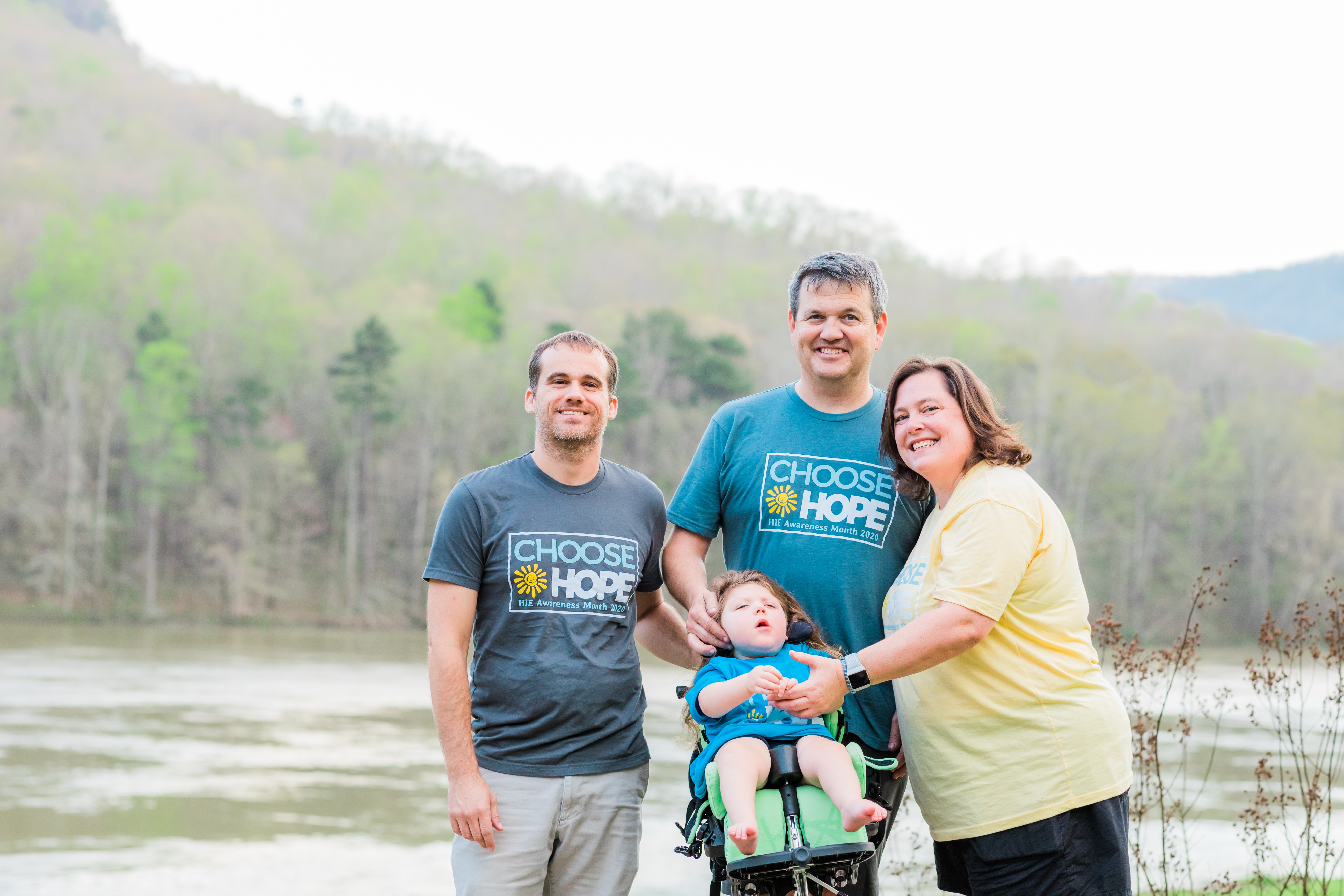
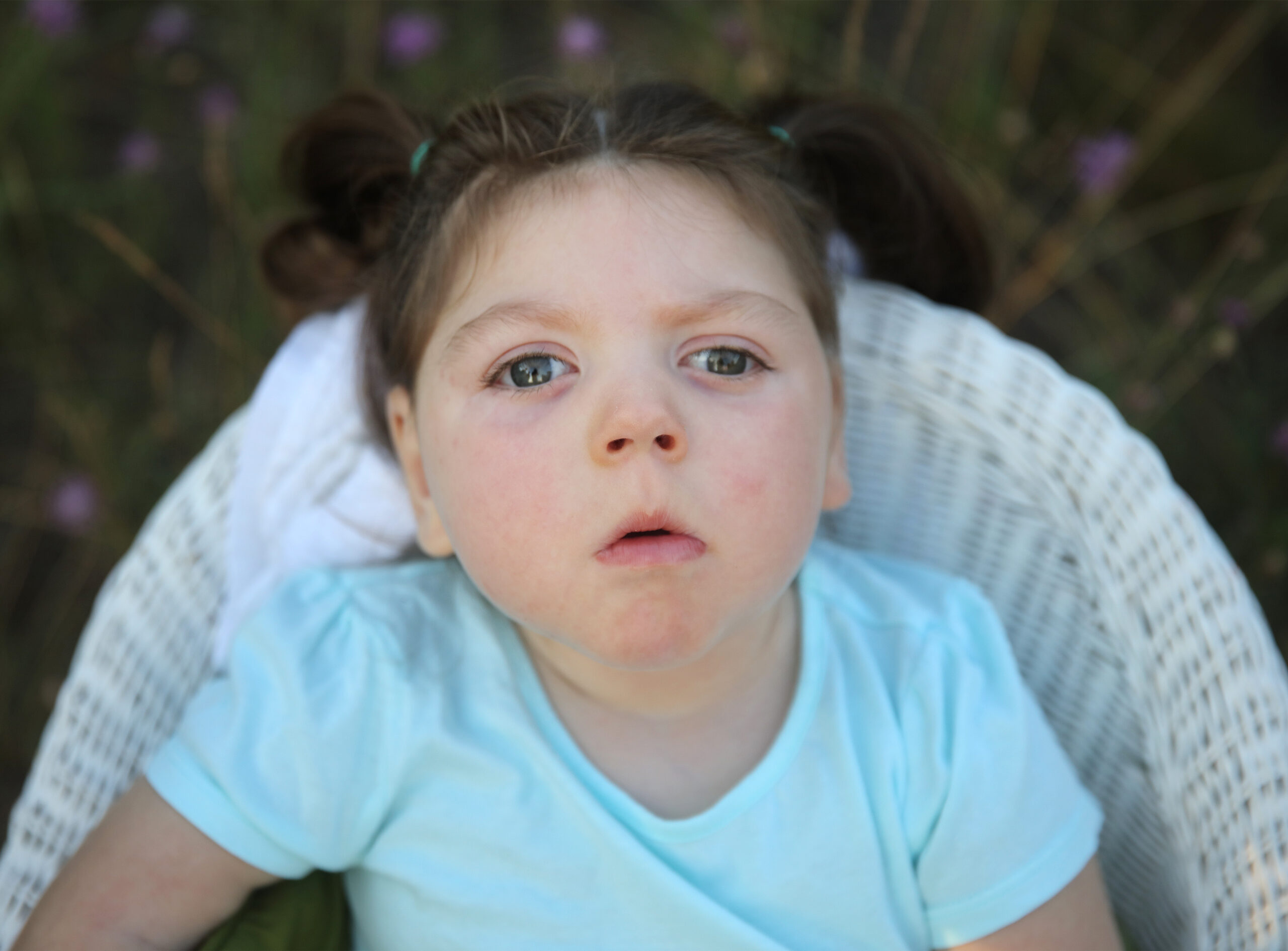
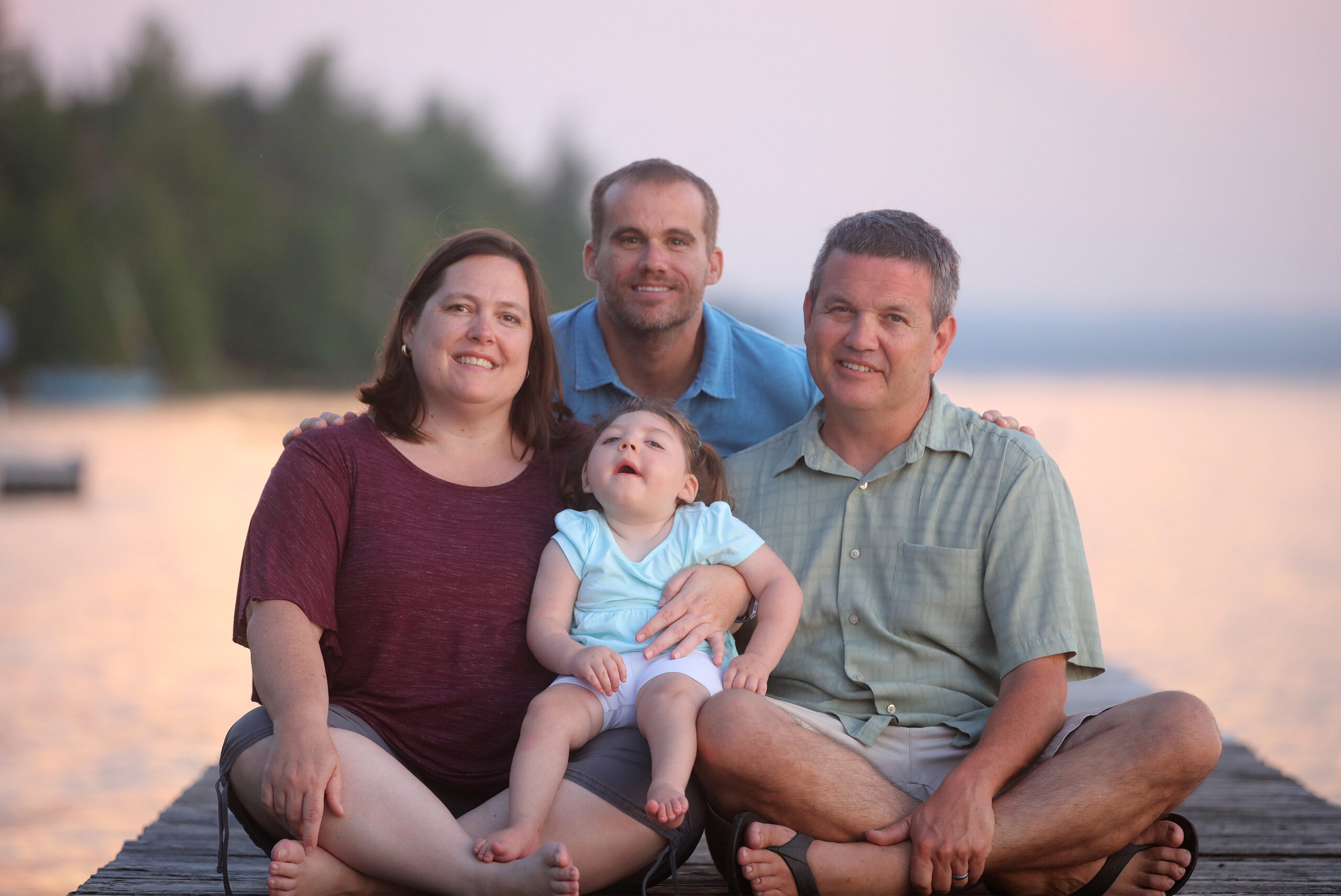
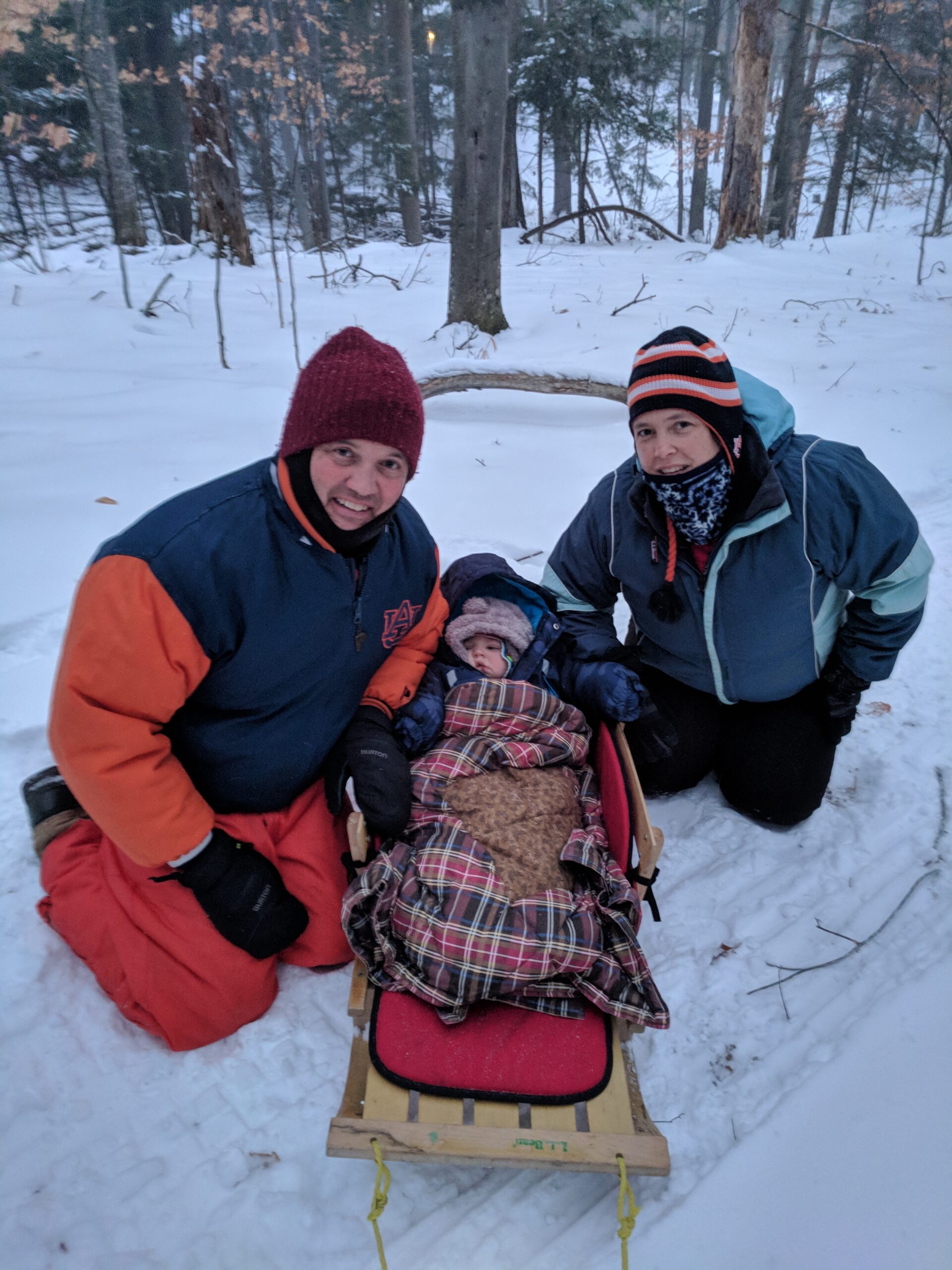
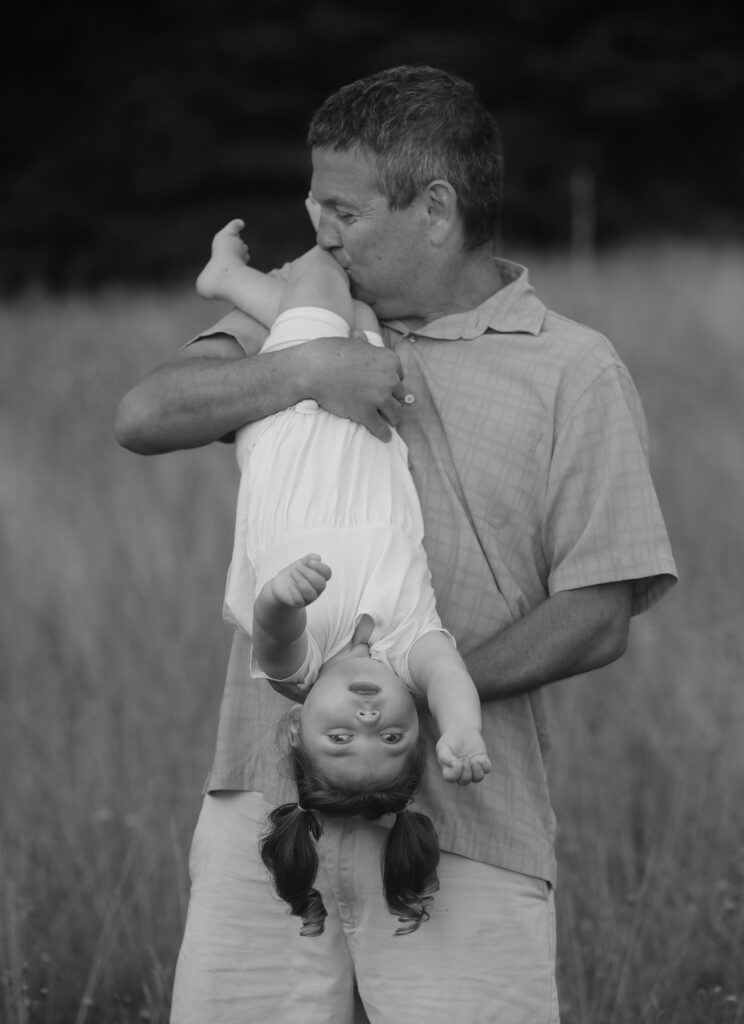
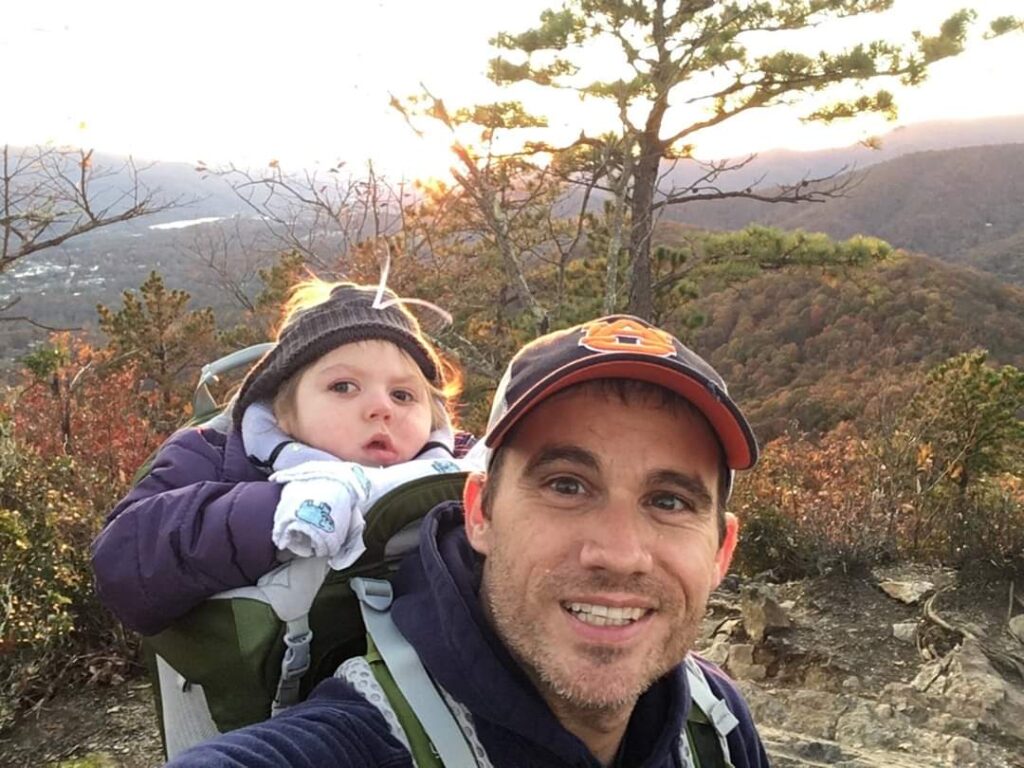
Connect with families, read inspiring stories, and get helpful resources delivered right to your inbox.